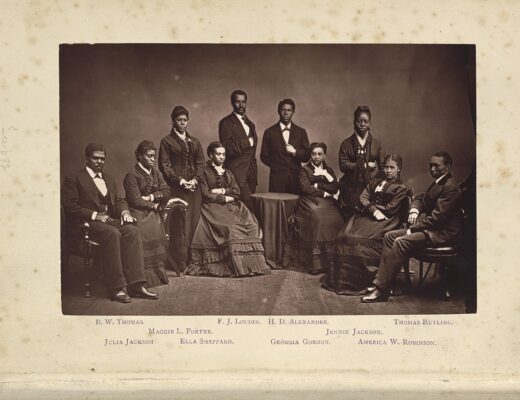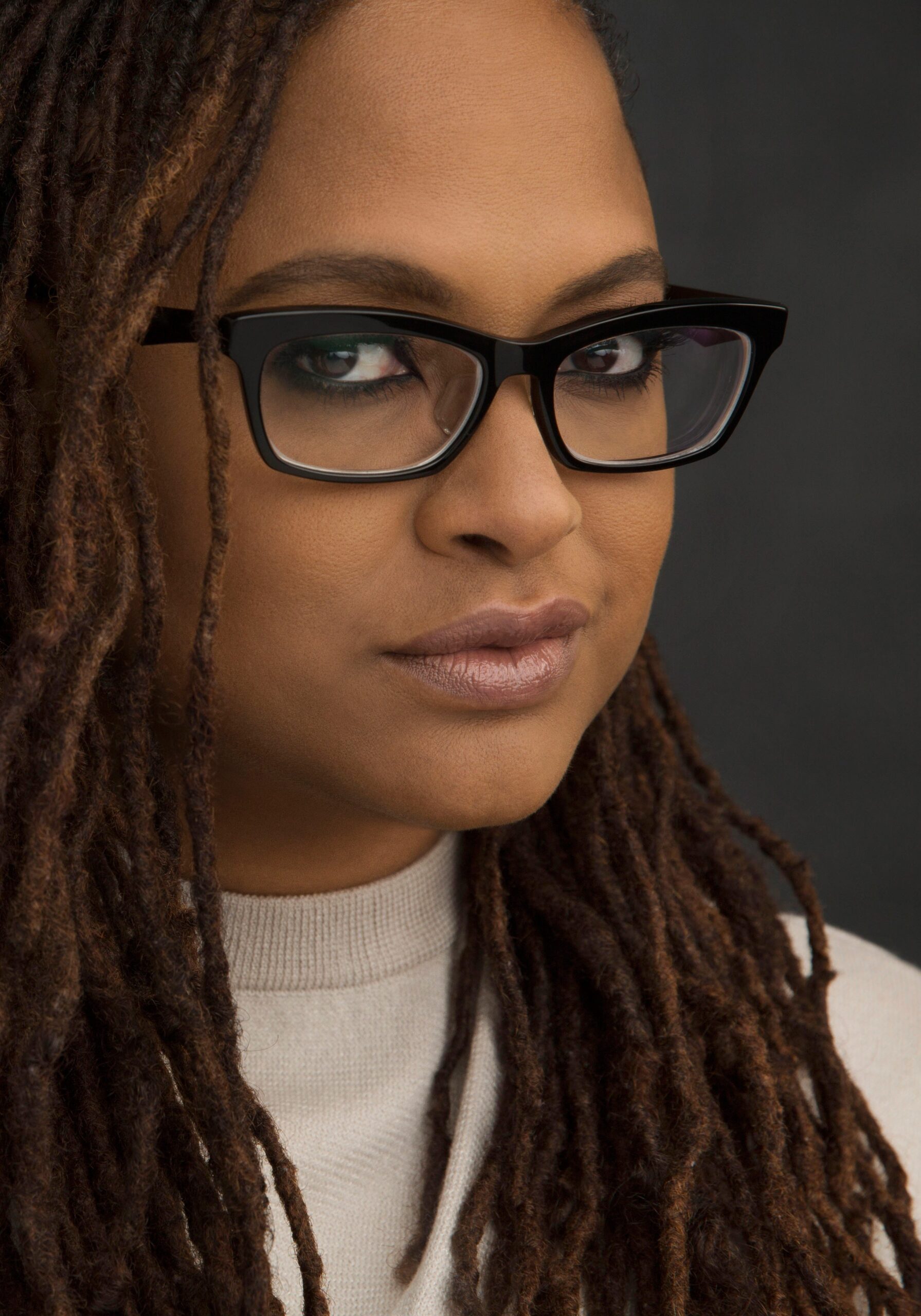Have you ever wondered how some of our most prominent educational institutions came to be? Almost all of our American universities, and especially our beloved Ivy League institutions, benefited from the slave trade. The enslaved built the campuses, the presidents were slave owners, tuition money came from the wealthiest Americans – who made their money off of slavery. But, beyond the slave trade, was the cadaver trade.
The cadaver trade made the study of anatomy and medicine at American colleges and universities possible. Major medical schools used slave corpses, acquired through an underground market in dead bodies, for education and research purposes. There was a robust body-snatching industry in which cadavers – mostly the bodies of black people, many of whom were enslaved when they were alive – were used at Harvard, the Universities of Maryland, Pennsylvania and Virginia, and other institutions. The body trade was as elaborate as the trans-Atlantic and domestic slave trade. But, when enslaved people died, some were sold again and trafficked along the same roads and waterways they traveled while alive.
The domestic cadaver trade was active, functional and profitable for much of the 19th century. Fueled by demand from medical schools’ need for specimens for anatomy classes. But, when the sources fell short, physicians and students alike looked elsewhere. Some sent agent to work with professional body snatchers who stole bodies from cemeteries. Some schools enslaved black people for the sole purposes of robbing graves.
The disregard for black lives and the use of black bodies for medical research would not end with slavery. We would see it time and time again. The most famous cases would be the Tuskegee Experiments and the case of Henrietta Lacks.
Read more about the Cadaver Trade and the rise of the Ivy Leagues on the backs of the enslaved here:
https://www.nytimes.com/…/cadavers-slavery-medical-schools.…
and in Ebony and Ivy: Race, Slavery, and the Troubled History of America’s Universities by Craig Wilder




No Comments